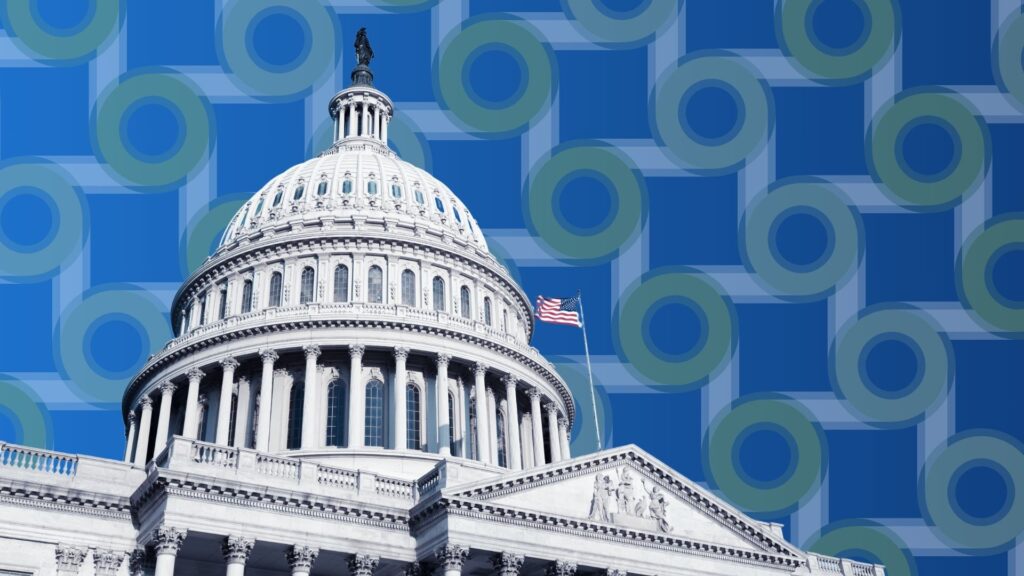Issue Brief
Expand Private Activity Bonds (PABs)
Expand Financing Options for Innovative and Critical Projects

Many capital projects with a private use provide essential public benefit, such as airports, seaports, waste disposal facilities, housing, 501(c)(3) institutions, and many more. A PAB is a bond issued to finance a facility that includes some private use, through ownership, management agreements, a lease, or another economic interest in the facility.
Why We Care
The Internal Revenue Code (IRC) provides specific categories of qualified PABs that may qualify to be issued on a tax-exempt basis due to the public benefit they offer. In certain instances, the volume of qualified PABs a state is allowed to issue each year is capped. States frequently reach their volume cap well before the end of the year― limiting access to financing opportunities for innovative and critical infrastructure projects and public-private partnerships.
NABL Stance
Congress and the Administration should expand certain categories of qualified private activity bonds (PABs) and raise state volume caps to leverage greater investment in national and local infrastructure projects. NABL endorses bills on a case-by-case basis but is supportive of efforts to expand the use of qualified PABs or to alleviate pressures on state volume caps. For further inquiries, email advocacy@nabl.org.
Latest on PABs

Tracking Tax Reform in 2025
Congress is focused on addressing the pending expirations of the Tax Cuts and Jobs Act (TCJA) prior to the end of this calendar year. Here’s where things stand and what…

Protecting Bonds to Build Infrastructure and Create Jobs
Data brief by the Public Finance Network (PFN) estimating how much the tax-exemption saves issuers and borrowers in the municipal market.

Update from D.C. (October 2023)
An October 19, 2023 update on NABL’s recent advocacy efforts, a recap of recent legislative and regulatory activity that we are tracking, and some discussion on what may be in…